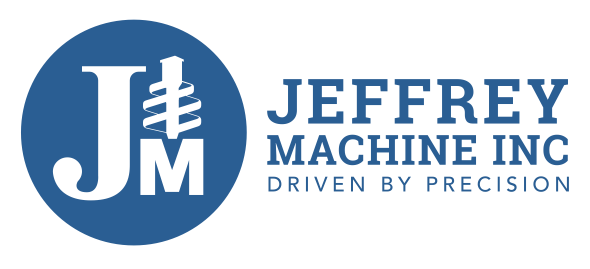The Difference Between Friction and Interlocking Kelly Bars

Kelly bars are necessary tools in hydraulic rotary drilling rigs to make boreholes in the earth. You can use two types of kelly bars for this task: friction and interlocking. Keep reading to learn the difference between friction and interlocking kelly bars and how each one is used in the field.
What Is a Friction Kelly Bar?
A friction kelly bar is a tool used with an auger to drill through clay, silt, and loose sand or gravel. This tool transfers crowd force and torque from the rotary drive tool to the drilling tool or auger. In other words, a friction kelly bar provides an extension to the auger to increase the depth of a borehole.
What Is an Interlocking Kelly Bar?
An interlocking kelly bar is another tool you use with an auger, but it differs from its counterparts. You would use this tool to drill through weak or strong rocks or stones. You can lock this tool with a mechanical locking system to hold the auger and the interlocking Kelly bar in place.
What Is the Difference Between the Two?
Each Kelly bar performs similar functions when employed. However, how they attach to your auger alters. You can guess that friction kelly bars make frictional contact between the rail of each element on the auger while the interlocking kelly bar attaches through drive ribs. This is the main difference between friction and interlocking kelly bars, but each is used in various soil conditions, as mentioned previously.
Are Kelly Bars Used for More Than Drilling?
These two kelly bars can perform another task on the construction site besides drilling boreholes. You can install utility anchors to support and stabilize a foundation with a kelly bar adapter. However, you must ensure the kelly bar adapter is compatible with the type of Kelly bar you attach to this tool.
The bottom line is to use a friction kelly bar if you’re drilling through clay or silt and an interlocking kelly bar if you’re drilling through loose rock for maximum torque.
